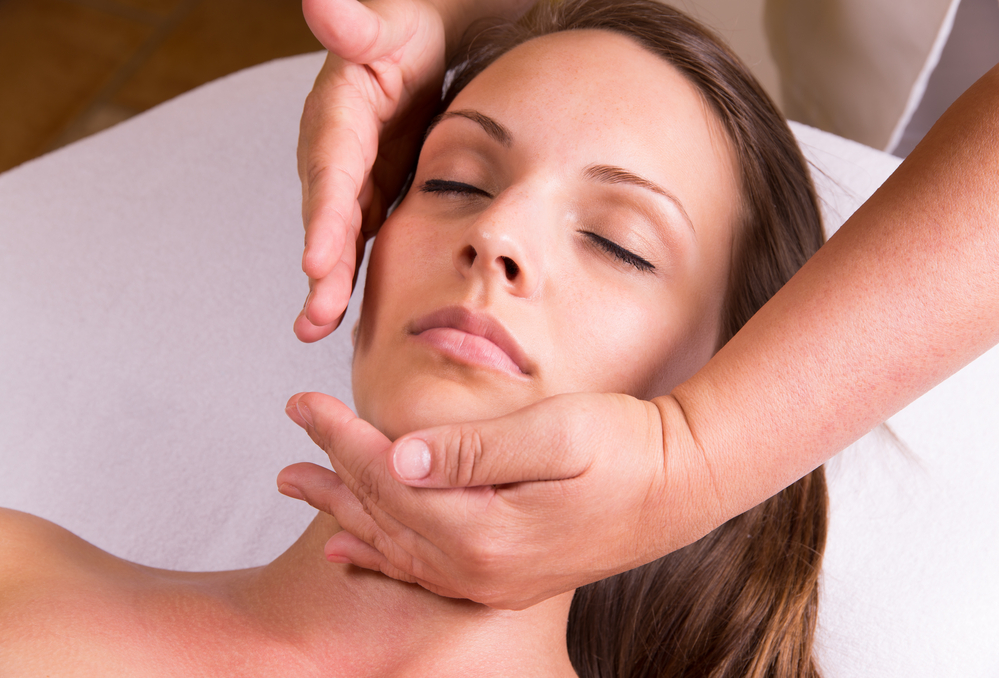With so many different skin treatments on the market, you may be wondering which is best. Lasers, micro-needling, and chemical peel treatments are just some available options you can give a shot. If you are looking for a gentle way to reduce flaws and imperfections from your body, Medwin Family Medicine & Rehab of Brownsville and Houston, TX, can help you with a peel treatment.
These peels use powerful acidic solutions to remove dead cells from the top layer of your skin. As the solution absorbs your epidermis, your dull, old skin begins to flake off, eventually leaving you with a new layer of silky-smooth fresh skin. Skin peel treatments are non-invasive, pain-free, affordable, and highly effective. You can use them to enhance your skin’s overall look and feel to enjoy high self-esteem and confidence everywhere you go.
Is a Chemical Peel Safe for Your Skin?
Although it may seem scary to have your skin flake, these peels are very good for your skin, and some even believe that they are the secret to having a perfect complexion. Since a peel can eliminate several layers of skin build-up, any skincare products you use at home can work better because they will be able to penetrate your skin deeper to bring out maximum results.
Chemical peels are similar to regular exfoliation. It is best to have relatively healthy skin before you apply a peel. If you are concerned about post-procedure hyperpigmentation, you may use a skin brightener 14 days before treatment to reduce any risks. Wearing a high-quality sunscreen with titanium dioxide or zinc dioxide and an SPF of 30 will also protect your skin while it heals from such treatment.
Benefits of Skin Peels
Peels don’t just leave you with soft and smooth skin – they also provide you with many great anti-aging benefits. A peel can improve skin color, clarity, tone, and texture while encouraging new collagen and healthy skin cell growth.
They can help clear acne breakouts, reduce sun damage, and smooth away fine lines and wrinkles on your face. Your skin can feel more hydrated without the unsightliness of flaws or superficial scars.
Different Types of Peels
There are a few different types of peels that you can get done, each one affecting your skin differently. If you undergo regular peel treatments, you may be able to increase the strength of the treatment each time.
As your tolerance increases, your body will be able to withstand stronger peels, which means you might be able to reduce the amount of downtime you incur.
Superficial Peels
Superficial peels contain the mildest formula and require little to no downtime. These peels are made with mild glycolic, salicylic, kojic, or malic acids that gently exfoliate the outermost layer of your skin. Superficial peels are ideal for treating fine lines, wrinkles, dark spots, or large pores. It can also help tighten sagging or loose skin.
You may experience temporary redness for the first half-hour after receiving a superficial peel as well as a few days of dryness or flaking – this is normal and will not harm your epidermis. A light peel can work wonders for your complexion.
Medium Peels
Medium-depth peels penetrate your skin deep enough to reach both the outer and middle layers, using glycolic or trichloroacetic acids at a concentration of 35% or less.
If you are currently suffering from sunspots, photodamage, mild to moderate acne scarring, crepey or thin and wrinkly skin, this type of peel may be right for you because of its ability to remove damaged skin cells more potently. Since medium peels are a bit stronger than superficial peels, they require a slightly more extended downtime of five to seven days.
Deep Peels
The deepest peels use trichloroacetic acids at concentrations of 50% to 70% to fully penetrate the middle layer of your epidermis and remove damaged cells. These treatments target serious skin issues such as severe acne, excessive sun damage, and loose skin.
Deep peels are not recommended for anyone with a dark skin tone, as it can cause post-scarring or hyperpigmentation. The downtime for a deep peel is also the longest at seven to ten days, sometimes for up to two weeks.
What to Expect During Treatment
After you arrive for your appointment, your doctor will clean your skin to remove any oils, makeup, or sunscreen so that the peel can effectively penetrate your skin. He or she may also apply an ointment to areas around your eyes, nose, and mouth to prevent pooling.
During the process, the chemical solution causes a reaction in your skin, enabling it to dissolve the outer layer and exfoliate dead cells. As a result, your body will stimulate the growth of new collagen and healthy skin cells to regenerate with fresh new skin that leaves you to feel youthful again.
Start Enjoying Fresh and Rejuvenated Skin Today!
It doesn’t matter whether you have sensitive, dry, oily skin, or a combination; a medical peel can help you achieve your aesthetic goals. If you are ready to enjoy soft glowing skin without the complications of long recovery times and otherwise harsh and expensive treatments, consider a professional medical peel!
If you have a skin condition that sounds like it can benefit from a chemical peel, don’t wait to take your first step towards beautiful skin. Contact us at Medwin Family Medicine & Rehab of Brownsville and Houston, TX, to schedule your first appointment today!

